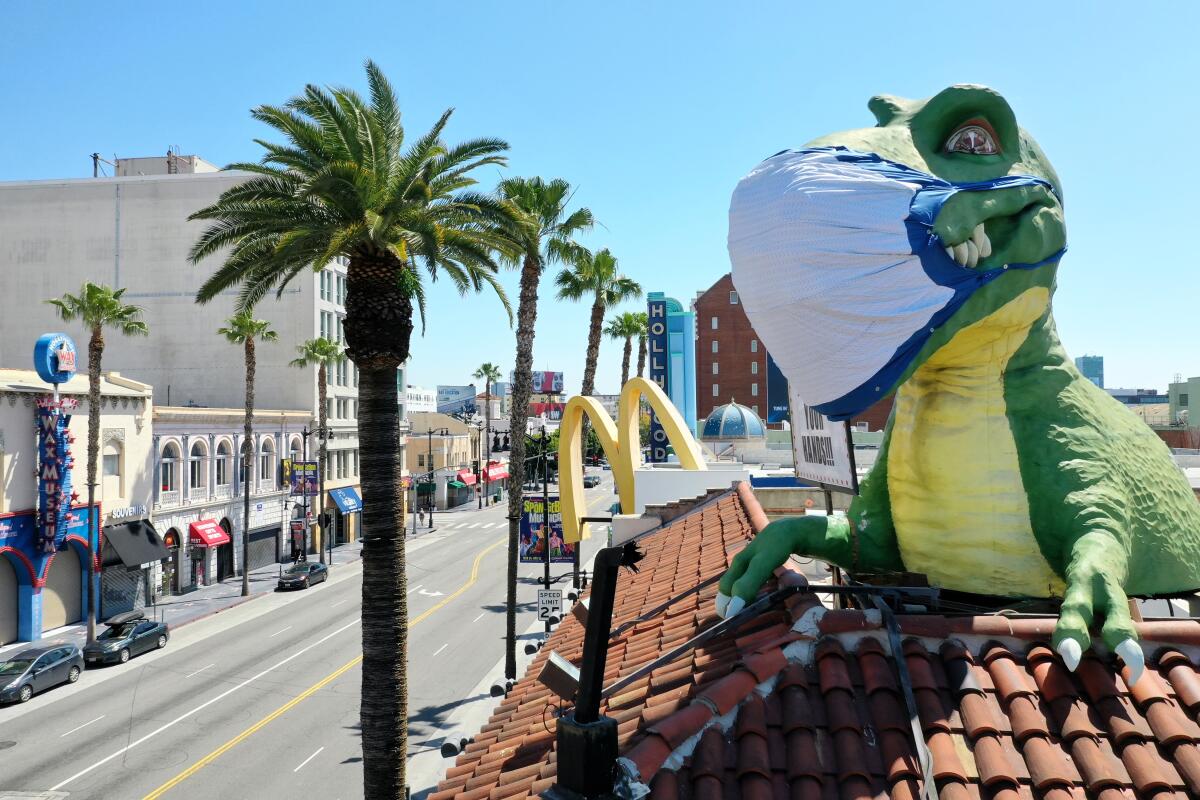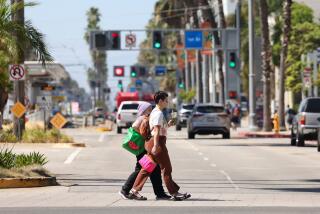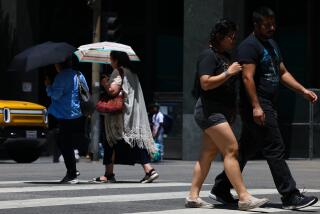Everything you know about coronavirus is wrong. Or it could be. Maybe. We don’t know

- Share via
We know for sure that COVID-19 is contagious and that it kills people.
But we don’t know how many.
That’s just one of the umpteen things we have yet to understand fully about about SARS-CoV-2 and the disease it causes, COVID-19. Much of what we think we know is still based on working theories, partial data and assumptions — educated and scientific-based assumptions, certainly, but still subject to future revision.
Case in point: Medical examiners in Santa Clara County discovered that someone who died at home Feb. 6 had contracted COVID-19. That means that the first reported death in the U.S. from the virus occurred about three weeks earlier than was previously thought, and in a different state. Officials said the first victim and two other early cases discovered during autopsies had no known travel history, which indicates community transmission was occurring in California earlier than previously thought.
Considering the sad state of testing in the U.S. at the time, it’s not a complete surprise to find that there were COVID-19 cases earlier than we thought. If people were getting sick in China in December and the U.S. didn’t restrict travel from China until the end of January, well, you do the math.
In just about every editorial we on the L.A. Times editorial board have written about COVID-19, we make the point that extreme caution by public officials has been warranted given the fact that the disease is so new. It was only identified in Wuhan, China, in December. Four months might seem like a long time after being locked in our homes for a good part of that time, but it’s not nearly enough to do adequate study.
That’s why there are still so many fundamental things, like mortality rate, that we don’t know for certain and may not for a while. Every week, scientists, researchers and medical experts report new findings about how the virus moves, how it sickens, and how the disease it causes can be treated. That’s good and, hopefully soon, we will have sufficient information to help us safely lift the stay-at-home restrictions.
But even then it will be an incomplete and possibly distorted picture.
It’s likely that some of the preliminary findings won’t stand the test of time. The fast turnaround of studies means that so much of the research is released without having been peer reviewed, an important step in the scientific process in which other researchers check the work and the results for accuracy. That’s not a criticism, just the reality in the rush to understand an emerging viral pathogen.
The bottom line is that as we start to emerge from lockdown in the coming weeks — or days, depending on where in the United States you live — it’s wise to continue to be careful about exposure and to understand that what think we know about our personal risk from the coronavirus may be wrong.
More to Read
A cure for the common opinion
Get thought-provoking perspectives with our weekly newsletter.
You may occasionally receive promotional content from the Los Angeles Times.










